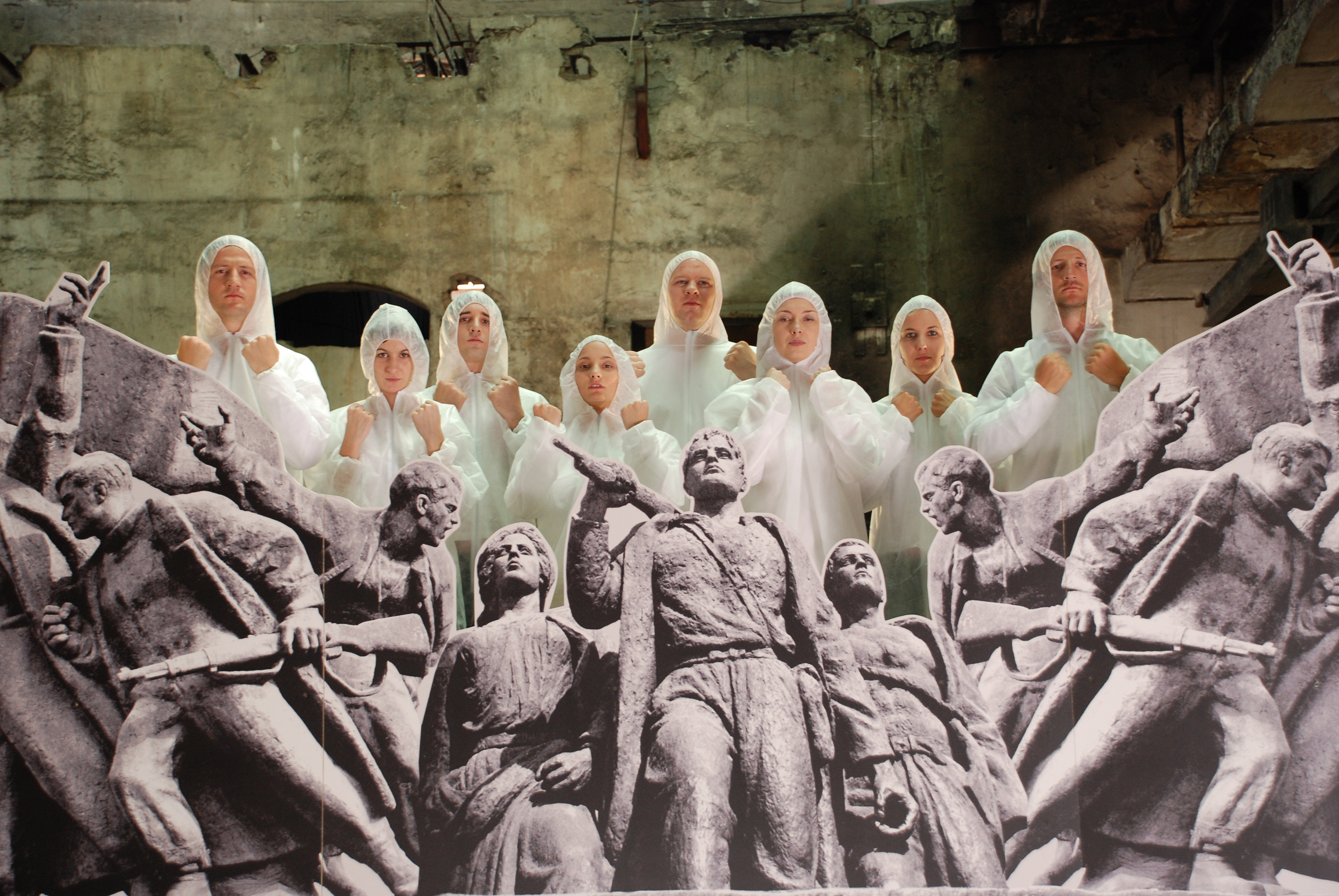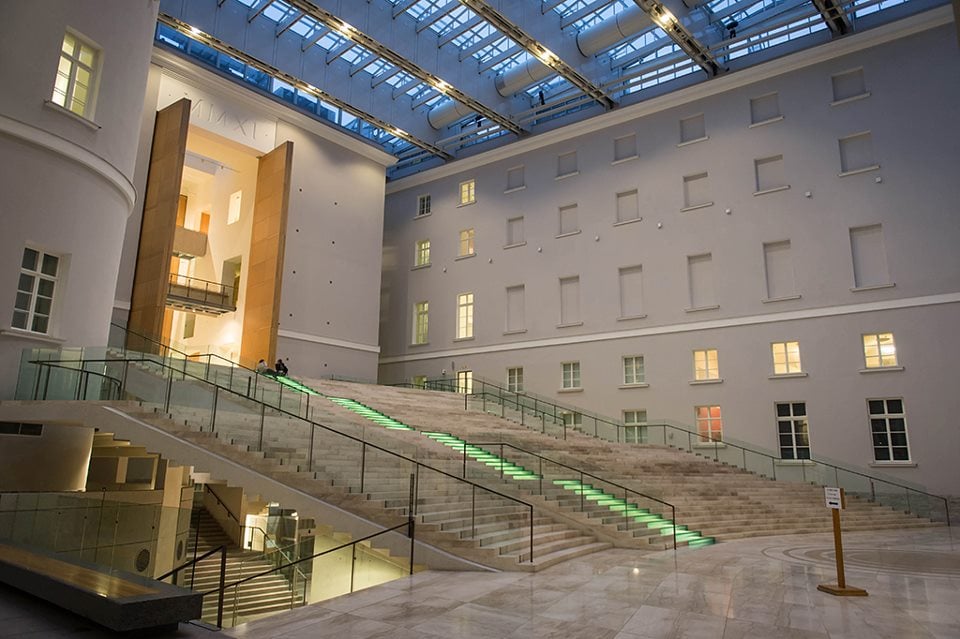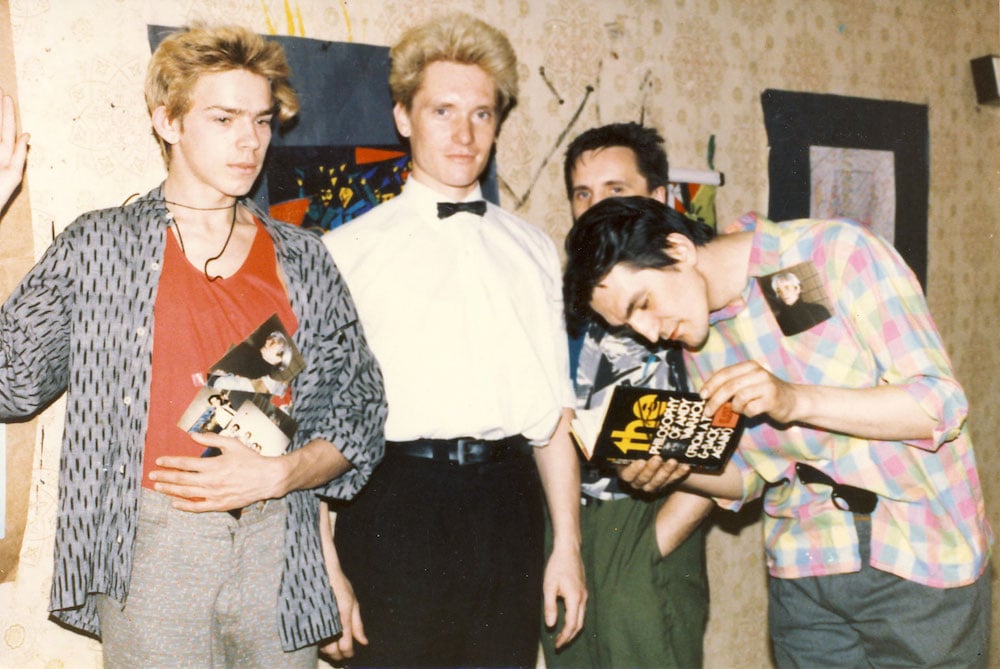Under pressure: Kasper König on the highs — and lows — of curating Manifesta 10
-137.jpg)
Manifesta 10’s decision to exhibit in Russia has been met with fierce criticism, calls for boycotts and online petitions. With just days to go before the opening, Kasper König talks to The Calvert Journal and responds to his critics
What is the role of art at times of political crisis? Should the guardians of culture speak out against perceived injustices or stick to a mantra of art for art’s sake? Reluctantly, these are the questions that have weighed on Kasper König’s mind over the past year. Since accepting the curatorship of the tenth edition of Manifesta, the roving contemporary art biennial which opens at the State Hermitage Museum in St Petersburg later this month, things have not exactly proceeded as hoped. The timing couldn’t have been worse. For starters, the announcement by Manifesta that the location of its tenth biennial would be St Petersburg coincided with the passage of Russia’s “gay propaganda” law last summer. A flurry of criticism, online petitions and calls for Manifesta to boycott Russia ensued; half a year later and Moscow’s annexation of Crimea led to a fresh round of protests.
With a week to go until the opening, König’s brightly lit office in central St Petersburg next to the majestic Kazan Cathedral is buzzing with activity. König is bouncing around between meetings, visiting venues and giving interviews to local and international media. “It’s very, very interesting,” says the curator, whose spirited demeanour belies his 70 years of age. “I have done many different things in this field, this is definitely a very new experience. One day, I’m deeply depressed, the next day I am overly optimistic, but those young and fantastic people I’m working with tells me: yes, it is very difficult, but everything will be fine. So there is a kind of optimistic momentum.”
König’s words are more measured than expected given a recent outpouring of frustration in an interview with German broadcaster Deutsche Welle. His damning comments in the interview ranged from criticism of the “gay propaganda” law to the trials of working in Russia, a country wracked by bureaucracy. Russian staff, added König, had not been paid in two months. What stunned the art world most, however, was his implication that the biennial might be cancelled: “As a result,” he told Deutsche Welle, “with a month to the exhibition’s opening, we’ve reached an impasse: nothing’s happening”.
Given the seismic shifts in Russia’s political landscape over the past few years, König and his team have come under intense scrutiny, in particular for their decision to stick with St Petersburg as the location for Manifesta 10. In March, Chto Delat, a Russian art collective of artists, philosophers, critics and writers, announced that despite their opposition to boycotts, they would be withdrawing from the biennial. They were joined by Polish artist Paweł Althamer. “Our aim at least should be to turn every cultural project into a manifestation of dissent against the Russian government’s policy of violence, repercussions and lies,” a statement from Chto Delat said. “Even if you’re staging Shakespeare or exhibiting Matisse, the task of culture today is to find the artistic language to bring home that simple message.” The decision was a huge blow to Manifesta. Their artwork, centred around a blueprint for a 400-metre-tall Gazprom tower in St Petersburg, which König described as “a mix of Brecht’s method and an episode of Desperate Housewives”, would have been an important addition to the list of works representing Russian art at the biennial.
For other artists, the tumult has proven a source of inspiration. Ukrainian artist Boris Mikhailov has dedicated his work to the protests that rocked Kiev’s Independence Square earlier this year while South African painter Marlene Dumas has created a collection of ink-and-pencil portraits of famous gay and bisexual icons, featuring Russians such as Pyotr Tchaikovsky, Sergei Diaghilev and Sergei Eisenstein alongside British cultural figures including Alan Turing and Oscar Wilde. German photographer Wolfgang Tillmans will be tackling the issue of sexuality in an oblique manner with a series of photographs from his visits to Moscow and St Petersburg between 2005 and 2014.
“One day, I’m deeply depressed, the next day I am overly optimistic, but those young and fantastic people I’m working with tells me: yes, it is very difficult, but everything will be fine”
Throughout the turmoil, the Manifesta team has adhered to the line that withdrawing would be akin to turning their back on Russia’s artistic community. “We need to go through the difficult phases. For Kasper, for me, for Mr Piotrovsky, it is very frustrating,” says Hedwig Fijen, the director of Manifesta. “I’m focusing on the fact that all of our artists are committed and engaged. At certain moments, it was like a Shakespearean dilemma: ‘Should we go? Should we stay?’ However, I think the majority of artists and international professionals are aware that we should show solidarity. If this form of dialogue and discourse is not able to continue, I think we lose a lot. We lose a world filled with our ideals, a world where the artist and audience are able to interact and everything we could stand for.”
At this late stage, König’s approach is more practical. “I can’t solve all of the world’s problems,” he says. “I have a certain pragmatism, however, I don’t think of myself as a functionary. I am not a pragmatist. It’s not ideology at all. So close to the opening, I have to protect all of the artists I invited and I have to work in interest of the public, which might not want to be involved in all of these things which may be of no concern to them.”
Holding an exhibition on the hallowed grounds of the Hermitage Museum has thrown up its own set of challenges. Anastasia Lesnikova, who is both a member of the Hermitage’s contemporary art department and a part of the Manifesta 10 team, talks through some of the difficulties. “You can’t just break a wall in a state museum interior in order to hang up a contemporary artwork,” she says. “But almost everything has been possible. I call this biennial an exhibition of compromises.”
As in previous iterations of Manifesta, which has been hosted in a different European city every two years since its launch in 1996, the biennial will explore the intellectual and historical relationship between east and west Europe. With 33 new commissions and artworks from more than 50 artists including Jeremy Deller, Louise Bourgeois, Pavel Pepperstein, Ilya Kabokov and Vlad Mamyshev-Monroe, most of the legwork has been done; all that’s left to do now is ensure a smooth execution.
“At certain moments, it was like a Shakespearean dilemma: ‘Should we go? Should we stay?’ However, I think the majority of artists and international professionals are aware that we should show solidarity”
In just a few days, the world’s art curators and critics will descend on Manifesta 10; the number of international journalists who have signed up for the event is close to 700. Pen in hand, each will be ready to critique and debate the highlights — and lowlights —of the show. The pressure for König to deliver is on, not least the pressure to vindicate his decision to keep Manifesta in Russia. Focusing on the future, his hope is that he is able to create an event that is meaningful and has a long-lasting impact.
Despite the challenges of the past year, König remains a longstanding admirer of the State Hermitage Museum and says he has no regrets about taking on the role of Manifesta curator. “I immediately said yes, but I didn’t make a proposal to win. It was more like a mental thing, when you want to make an homage to somebody’s birthday,” he says. “You want to create something that will be interesting for the future and is not about the past. It is more an expression of gratitude. I am a junkie for museums and the Hermitage is a unique place – it’s a palace and also a museum.”
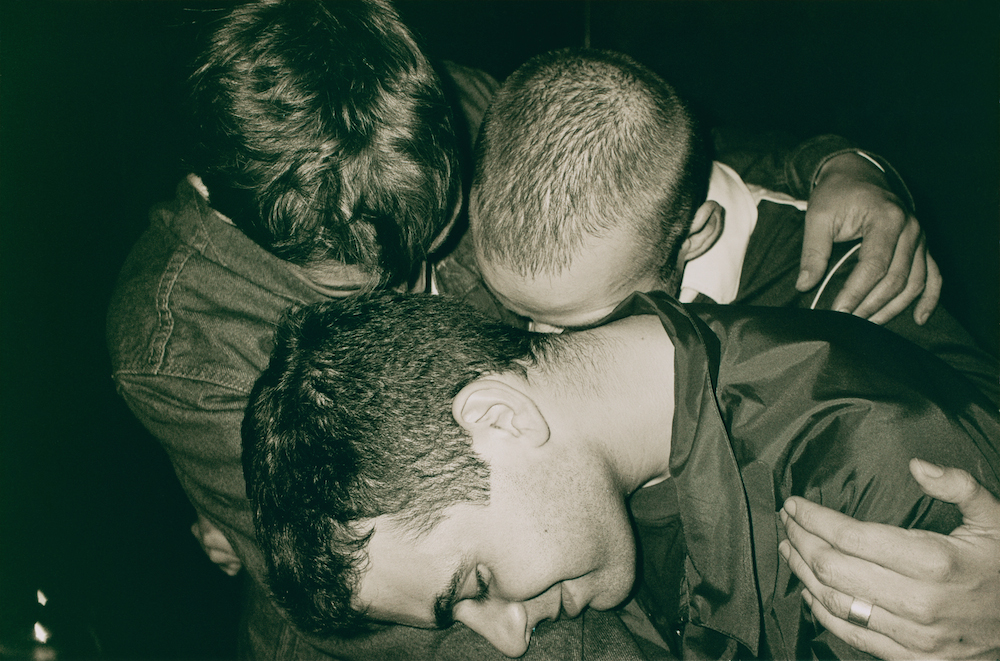
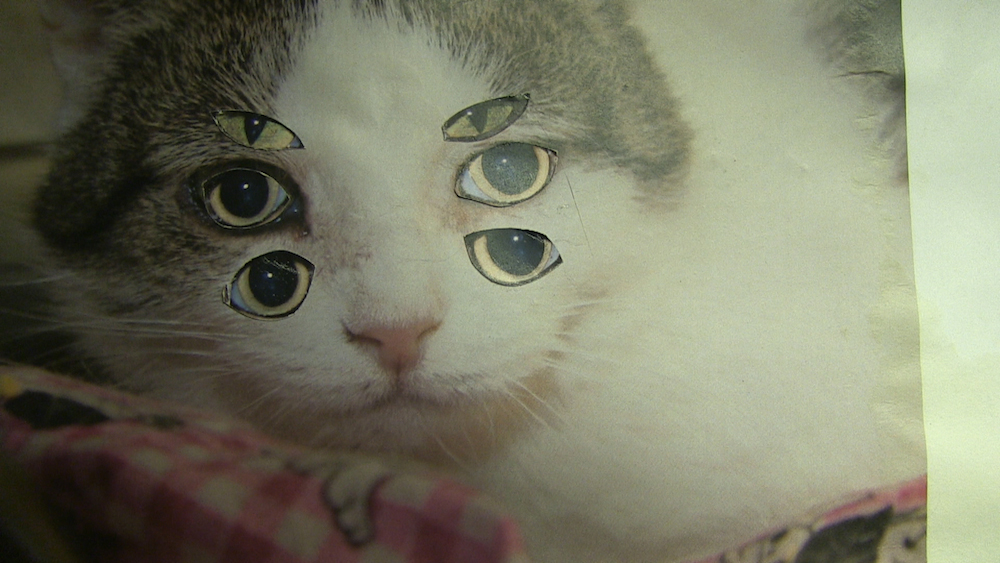
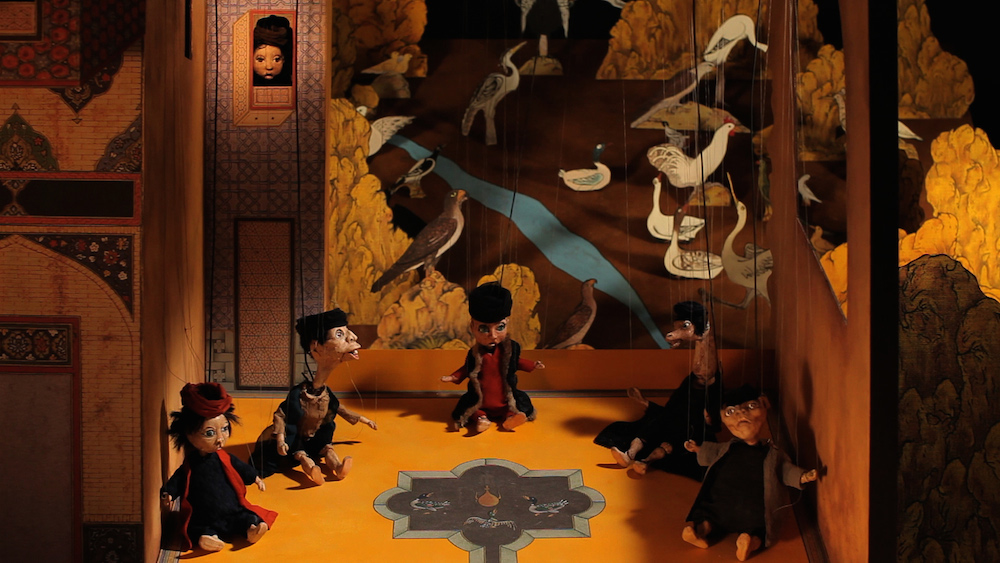
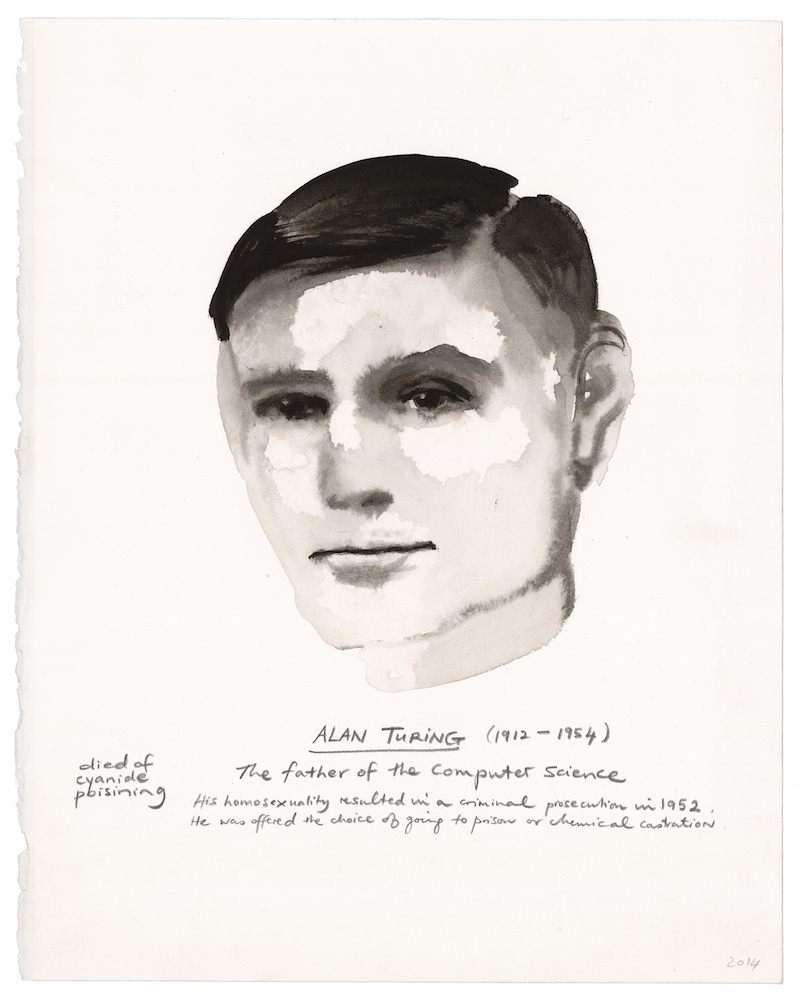
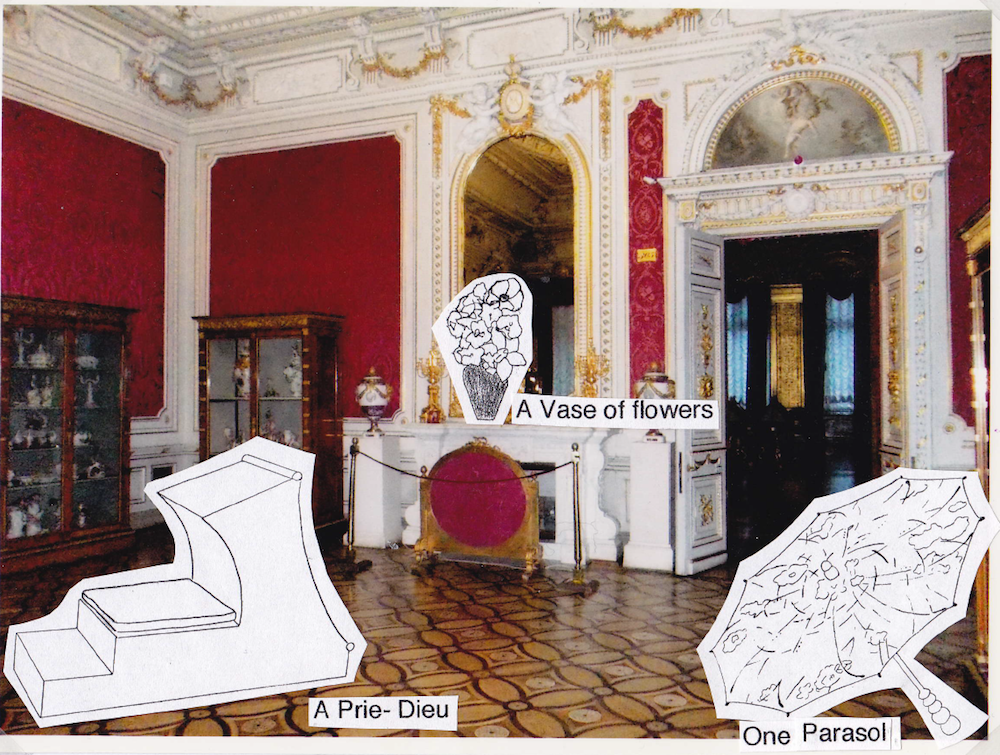
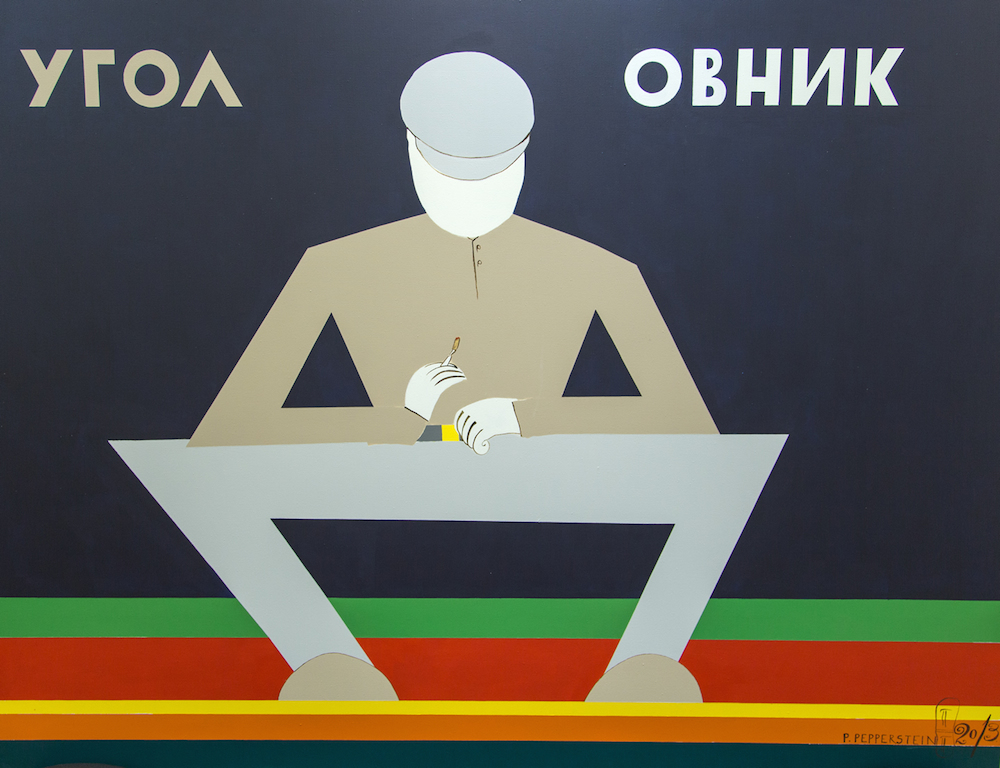
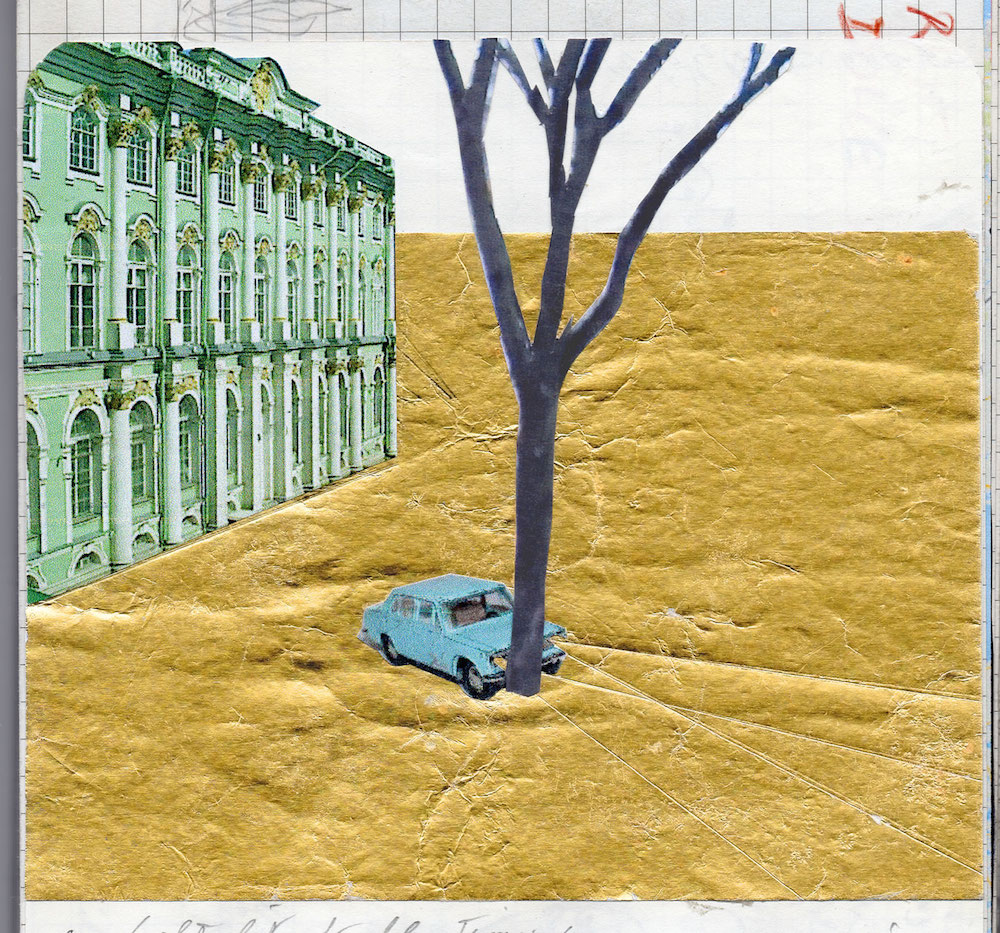
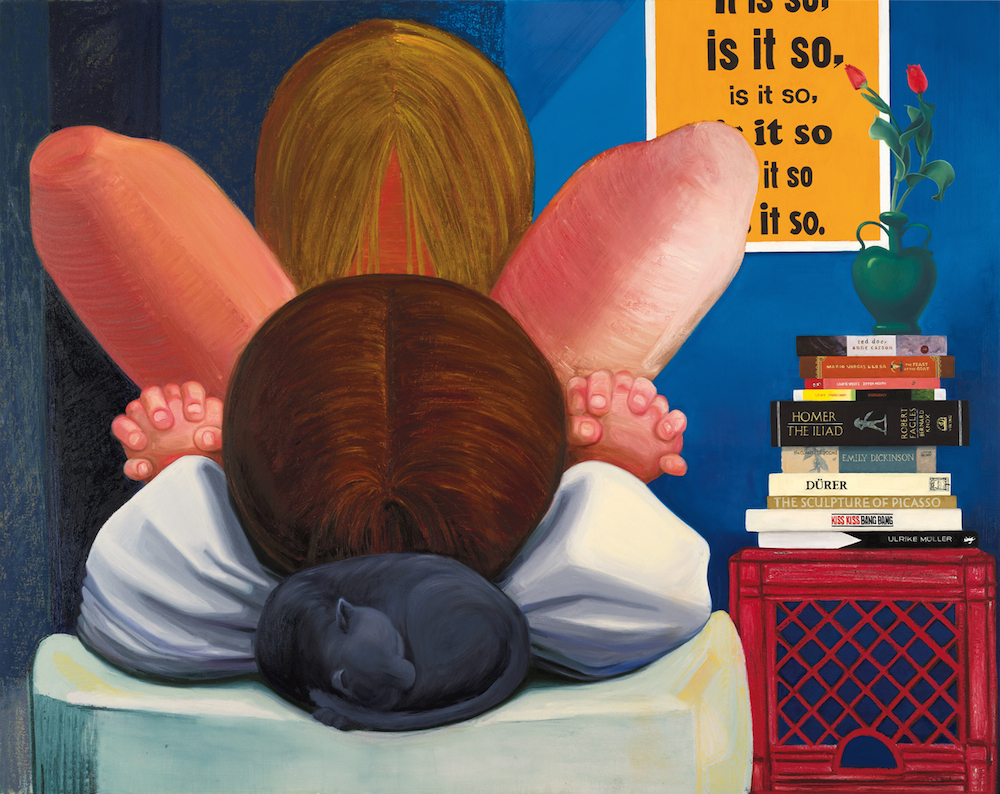
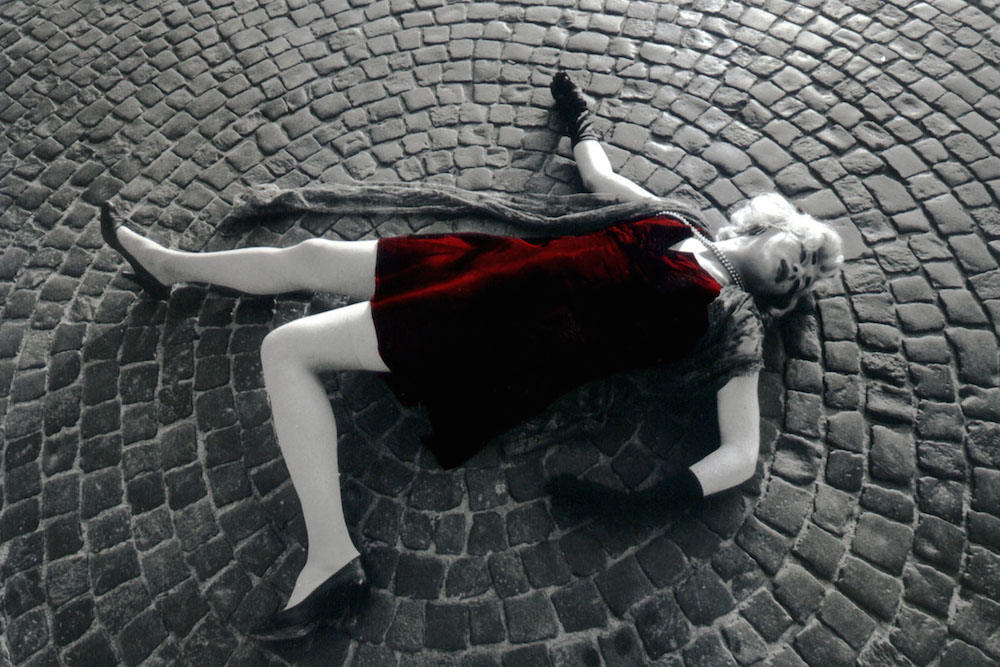
-125.jpg)
-105.jpg)
-175.jpg)
-67.jpg)
-16.jpg)
-141.jpg)
-153.jpg)
